Italian election: An entire nation scratches its head as threat of fascism looms and economy teeters

Italian politics for retired expats has always been an amusing sideshow too complicated to worry about. Italy changes governments faster than soccer teams change managers. With 65 since World War II, you can’t tell the prime minister without a scorecard. They’re in office not even long enough to write a bio. (“You’re WHO again?”)
Sunday’s national elections, however, are way up the gonzo meter. I’ve done informal surveys — usually with a glass of wine or cup of espresso in hand — and have met only one Italian who knows who’ll get their vote. That includes my girlfriend, a driven, professional college graduate. It includes the coffee jockeys in my bar. It includes my other learned Italian friends, even my Italian instructor.
The election is in three days.
The selection of candidates is so dismal, I learned a new Italian phrase, often dragged through the streets at election time: Meno dei peggiori. (Least of the worst.) If a cartoonist drew a group picture of the candidates, it’d resemble a food fight at Mickey Mouse’s clubhouse. Italy has more parties than Florida State’s Theta Chi house, and not one candidate Sunday will ever be mentioned in the same sentence as Caesar Augustus.
They include an 81-year-old three-time prime minister convicted of tax fraud with a runaway libido, a 31-year-old college dropout backed by a former stand-up comic, a neo-fascist who has declared war on immigrants, the previous prime minister who resigned just 15 months ago, a hot (Hey, it’s Italy) former female journalist just to the left of Eva Braun, one guilty of corruption and the crooner who sings “O Sole Mio” to tourists in Trastevere.
I made up that last one. But the rest are real. And Americans thought their selection two years ago was bad. This is why as of Tuesday 30 percent of Italian voters were undecided. It’s why 80 percent said they don’t trust any of the campaign promises. It’s also why the world is paying more attention than usual to Italy’s election. It’s anyone’s prize with polls so close no one is a solid favorite.
The outcome also may lead Italy down a path of fascism fueled by racism and nationalism, a scary prospect for a country once welcoming of immigrants.
Sound familiar?
Yes, I can’t imagine a worse world leader than the Mango Mussolini tweeting naked in Washington but Sunday’s election has candidates who seemingly crawled out of the same tarpit. Italy has enough problems already. The unemployment rate for Italians under 25 is 32 percent. It’s 11 percent overall. In all of Europe, Italy is one of the last to pull out of the recession from 2008. People lost jobs and their life savings. The public debt of Europe’s third largest economy is 133 percent of its gross domestic product. The European Union fears Italy will be the next Greece. Corruption in poverty-stricken local governments is massive which is one reason Rome has become the filthiest capital in Europe. But what is the No. 1 issue in Sunday’s election? What else when it includes a right wing growing around the world?
Immigration.
In the last four years, 600,000 immigrants have moved to Italy. Matteo Salvini, the leader of The League, Italy’s far right party, told ANSA, Italy’s wire service, “I’m waiting for elections so that Italy can defend its borders again. Give me the interior ministry for three months and you’ll see what order and cleanliness I bring back from north to south all over Italy.”
Paolo Grimoldi, The League’s regional leader in Lombardy where Milan is the capital, told the BBC, “It’s better to take immigrants from Ukraine … They are Christians or from Belarus. They are not Muslim and they can not be terrorists.”
Giorgia Meloni, head of the ultra-right Brothers of Italy whose campaign posters near my gym make me think Meg Ryan could be leading the country, blamed Italy’s failure to make this summer’s soccer World Cup on the national league having too many foreigners.
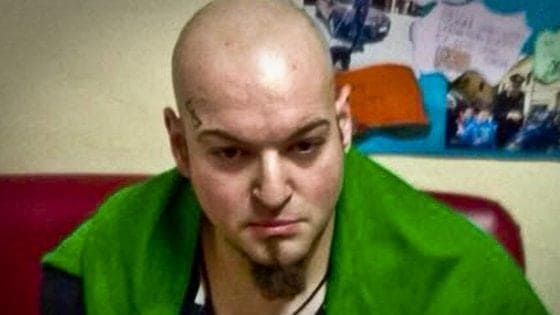
The rhetoric has sifted through Italy’s friendly cobblestones into whatever caves and sewers the racist right dwell. On Feb. 3 in the Le Marche town of Macerata, Luca Traini, a 28-year-old neo-fascist, shot and injured six African immigrants. The incident was apparent retaliation for the murder of Pamela Mastropietro, an 18-year-old Roman woman found dismembered in two suitcases in the Le Marche countryside Jan. 31. Three Nigerians seeking asylum were arrested. Traini was later seen in photographs wrapped in an Italian flag and giving a fascist salute.
The reaction was absolutely Trumpian. Salvini said Mastropietro’s blood is on the hands of the current center-left government for allowing immigrants into the country. Meloni responded to Traini’s arrest with, “Uncontrolled immigration must be regulated.”
Italy does have a liberal side. It’s here in the south where I’ve lived 5 ½ years and yet to encounter a single racist. Then again, I wasn’t near Rome’s mosque Oct. 5 when CasaPound, one of the smaller right-wing splinter parties, rallied in front of it holding a huge banner reading, “BASTA DEGRADO. CHIUDERE LA MOSCHERA!” (ENOUGH URBAN DECLINE. CLOSE THE MOSQUE!).
Be thankful you don’t have to choose between this collection of has beens, clowns, wannabes and quasi Nazis. Below is the list. Keep in mind in Italy, people vote for parties and the winning party chooses its prime minister. The list below includes all parties, with their leanings and listed leaders, that received at least 4 percent of the vote in the last national election.
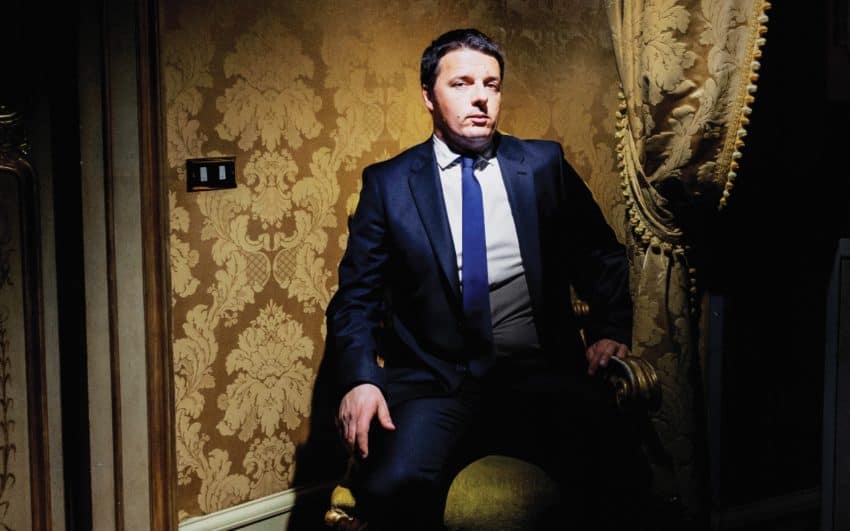
Democratic Party, center-left, Matteo Renzi, 43. He’s the former fair-haired, media savvy liberal who was elected in February 2014 and lasted less than two years. He simplified civil trials, recognized gay marriage and abolished several minor taxes. He was bashed for Italy’s high immigration but his Waterloo was constitutional reform. His recommendations for reforming the political system were approved by the Parliament but rejected in a constitutional referendum, 59 percent to 41. He immediately resigned, handing the job to Paolo Gentiloni, his Minister of Foreign Affairs. This is like Hillary Clinton running again in 2020 10 fold.

5-Star Movement, populism, Luigi Di Maio, 31. His father was counsel for the neo-fascist Italian Social Movement in Naples. Luigi organized student unions in the two universities he attended but didn’t graduate from either of them. The 5-Star Movement was founded by Beppe Grillo, a 69-year-old former stand-up comic who wants Italy to leave the European Union and drop the euro. Di Maio isn’t as radical but it’s difficult for a nation of 60 million people to follow a guy who still looks like the steward he once was at Naples’ San Paolo Stadium. As former prime minister Silvio Berlusconi said, “To think that a 31-year-old kid who’s never worked could take charge of the government of this country is a joke.”
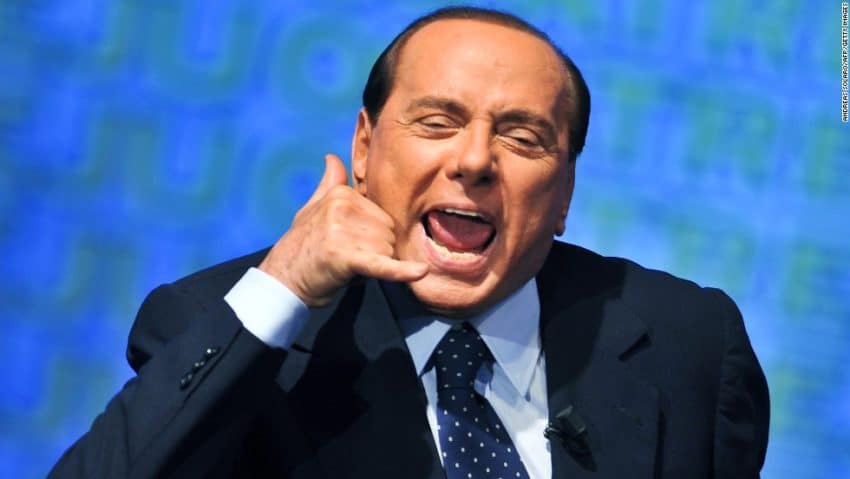
Forza Italia, center right, Silvio Berlusconi, 81. He has been back in the news the last two years for two reasons, neither of them good: He is making a political comeback and he was the unfortunate punching bag for comparisons with Donald Trump (See 2016 blog here). Berlusconi wasn’t as bad. He never once filed bankruptcy, let alone three times, and never pissed off North Korea, China, India, the NFL … OK, I’m getting carried away, again. But the former media tycoon’s three-time reign has been permanently stained with allegations of not only tax fraud but sex with underaged girls, hard lines on immigration and racist and sexist comments. No, he’s not a Republican. He founded Forza Italia in 1994 but his 2013 tax fraud conviction banned him from public office until next year. He has vowed to remain as party leader and no one doubts his influence on the country if his party wins. He could. Would Americans take George Bush back right now?
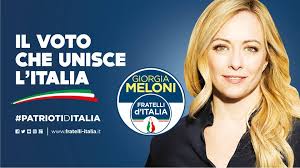
Brothers of Italy, right, Giorgia Meloni, 41. She’s a former Berlusconi appointee as his Minister of Youth. The ex-journalist from Rome heads a party that’s a descendent of the post-fascist Italian social movement. She believes in preserving the traditional Italian family (Read: No gays.), and campaigned for mayor while heavily pregnant. She is against granting citizenship to children born in Italy to foreigners. She is scoring well in Southern Italy and not just because of her campaign posters.
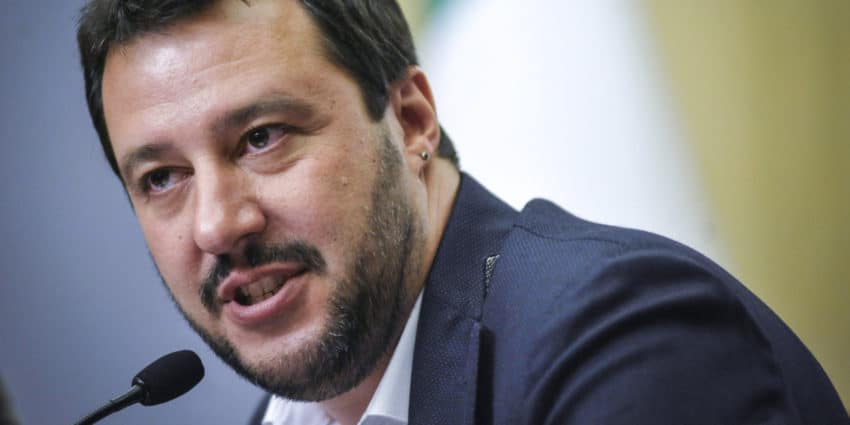
The League, right, Matteo Salvini, 44. Another college dropout, Salvini is big buddies with Marine Le Pen, France’s resident right-winger, and is an admirer of Vladimir Putin. Salvini is against gay marriage, the EU, the euro, immigration, Inter Milan and probably Roman-style pizza. He is a vision of hate. His public rallies need only a balcony and jack boots. He does, however, support family values and Donald Trump (fill in your own one-liner). He’d like Italy to adopt the same travel ban of some Muslim countries as Vanilla ISIS did. Salvini called the euro, “a crime against humanity.” While even many Italian liberals hate the euro, returning to the lire isn’t getting any support, either. Salvini is, however. He has a huge following in the north although he dropped the word “Northern” from the original Northern League title.

Italian Left, democratic socialism, Nicola Fratoianni, 45. He formed this new party in early 2017, basing it on Keynesian economics behind the principles of Joseph Sliglitz, the winner of the Nobel Peace Prize for economics who said the key to short-term economic output is the total spending in the economy. Good luck with that policy when most Southern Italians can barely make rent.
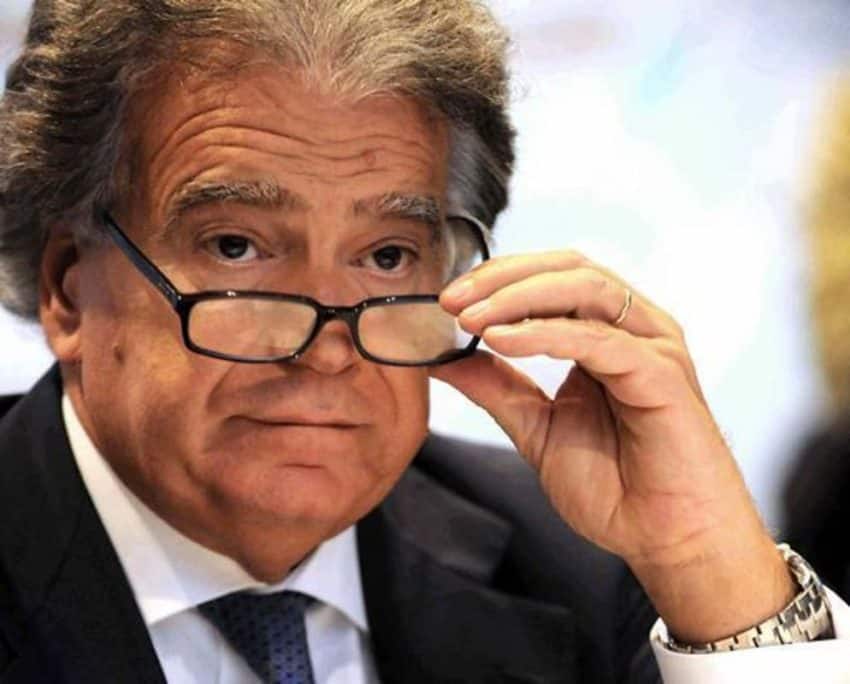
Liberal Popular Alliance, center, Denis Verdini, 66. The ex-Berlusconi aid was found guilty of corruption last year in a contract for building a military academy in Florence.

Democratic and Progressive Movement, center, Roberto Speranza, 39. Resigned from the Chamber of Deputies after clashes with Renzi then left the Democratic Party.
Who’s leading in the polls? Italy has a 15-day polling ban before elections but according to the last Milan-based EMG poll, Di Maio’s 5-Star Movement led with 27 percent and Renzi’s Democratic Party had 24 percent. Berlusconi’s Forza Italia had 16 percent but is forming a coalition with Salvini’s The League (14 percent) and Meloni’s Brothers of Italy (5.5 percent). If that coalition wins, whichever party has the most votes will choose the prime minister.
However, considering they must win 40 percent of the vote, it’s unlikely a winner will be determined Sunday. If that happens, the current president will press for a different formula and Italy will remain in limbo.
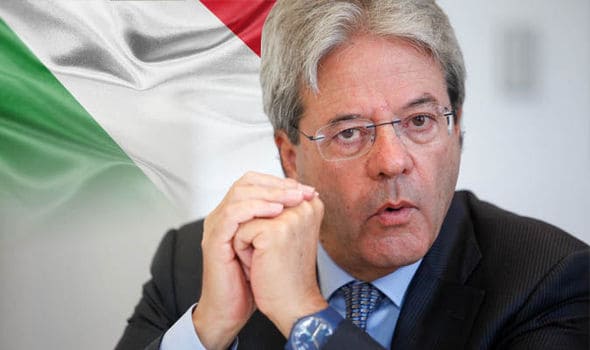
Not that it would spell disaster. Under Gentiloni, there has been an increase in family welfare from 1.5 percent to 2.5 percent of the GDP. Through working with Libya to curb migration, “only,” ahem, 2,832 immigrants died trying to cross the Mediterranean in 2017, the lowest total in four years. Gentiloni, 63, is not running but, in lieu of a 40-percent majority, he will likely hang on while Italy’s mulberry bush of an electoral system plays itself out.
In the meantime, I may spend election day reading an old book, one that helped me learn Italian in my early years in Rome. It’s not only good practice but symbolic on the biggest day of Italian politics.
Mickey Mouse.


March 1, 2018 @ 1:42 pm
Berlusconi cannot be on the ballot, can he, until 2019? Is there someone who will be his puppet on the ballot this round?
March 1, 2018 @ 1:56 pm
Would be interesting to see. What is the name of the book you are reading? Just curious:)
March 1, 2018 @ 7:39 pm
John – thanks for this great summary of the whacked-out politilcal situation in Italy — it’s so sad that this collection of losers is being presented to the Italian people as potential leaders of the country. Meno dii peggiori, di certo! This will not go well for the Italian people. Then again, can it possibly be worse that what we have in the U.S. — Berlusconi times 100?
March 3, 2018 @ 7:12 pm
Mannaggia che casino! Thanks for your fantastic, and very detailed explanations. It makes me feel better about how I voted! I had to mail my ballot in a few weeks ago. My fear is that there are so many parties that the bunga bunga nightmare might just win! I know a lot of Italians in Italia who would vote for him again! they do not watch internet news, and since he owns all of the channels in italia, his action are never reported properly on TV. Keeping my fingers and toes crossed tomorrow! Ciao, Cristina